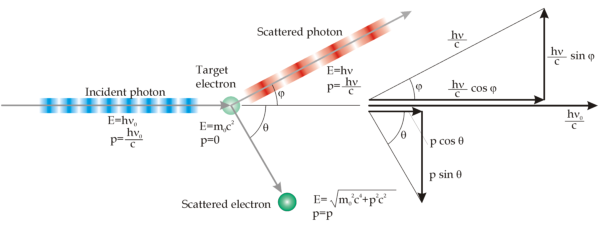PROTECT IP Act, or (Preventing Real Online Threats to Economic Creativity and Theft of Intellectual Property Act of 2011) was introduced on May 12, 2011 by Senator Patrick Leathy to give the government and copyright holders additional tools to curb access to "rogue websites dedicated to infringing or counterfeit goods".
Here you can find all the information about this bill, and why it should be stopped.
This bill will not be able to stop piracy, but will only give to government bigger censorship powers.
For instance a website that got blocked, will be reached anyway just using the IP addres of the site. The website won't be reached by search engines, but this won't stop the activity of the site, because it could be found using different methods. Quoting Eric Schmidt, it's just an attempt to use easy solution to complex problems.
This bill will however allow the government to remove access to a certain domain, and all the hyperlinks related to it. All the social networks and search engines will therefore censor their users, because they could get closed if any of the user would post any copyright-breaking material.
Nevertheless this bill could be seen an example by other countries, that could start to apply censorship in a similar way. If all the countries in the world would apply those laws, the web would be different for every nation. The biggest form of communication of the 21th century would therefore die.






